Water-proof or water-resistant? Can your new Galaxy S5 or Xperia Z2 truly swim, or is secretly afraid of the water?
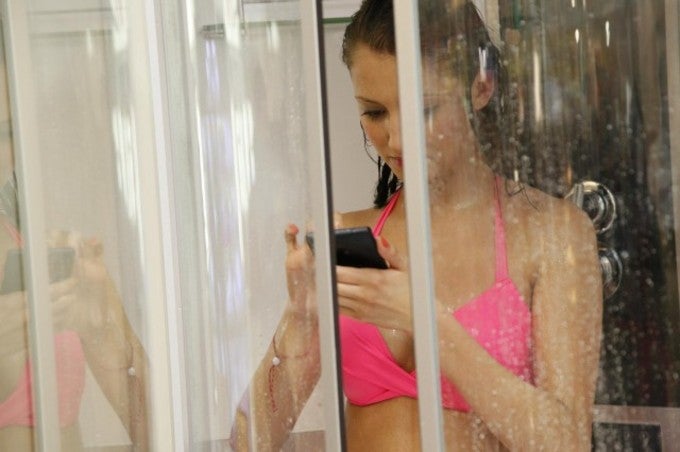
Yesterday, Archos CEO Loic Poirier gave us an entertaining, but unfortunate example of how imprecise information can deceive smartphone owners. You, too, might be boasting left and right that your phone is "dust-resistant" and "water-proof". But, are you aware of how much protection your phone really has? If you are, good for you. Otherwise, you are in danger of being misled by the liberal use that both smartphone ads and journalists make of such classifications.
Marketing 101

Obviously, we can't make marketing people change the way they present information. Their task is to sell, not educate. Also, we are not an authority that can "coin" the difference between "water-proof" and "water-resistant", because that's something the International Electrotechnical Comission, which published the IP standard, should do. For some reason, it still hasn't, and that's growing into a problem.
The problem
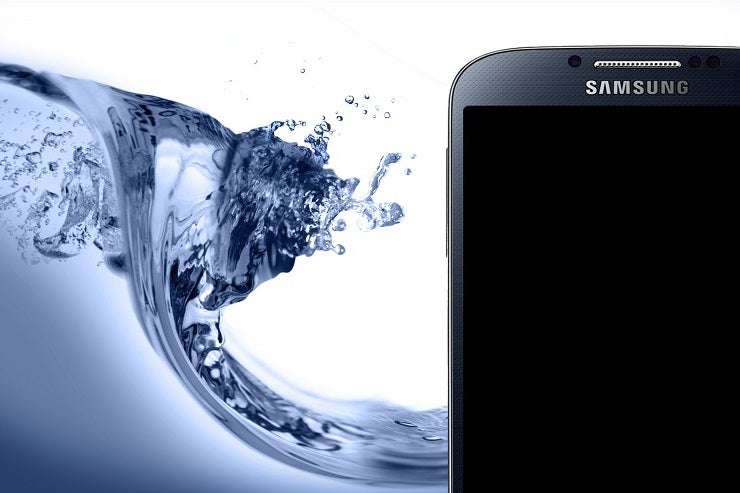
The solution
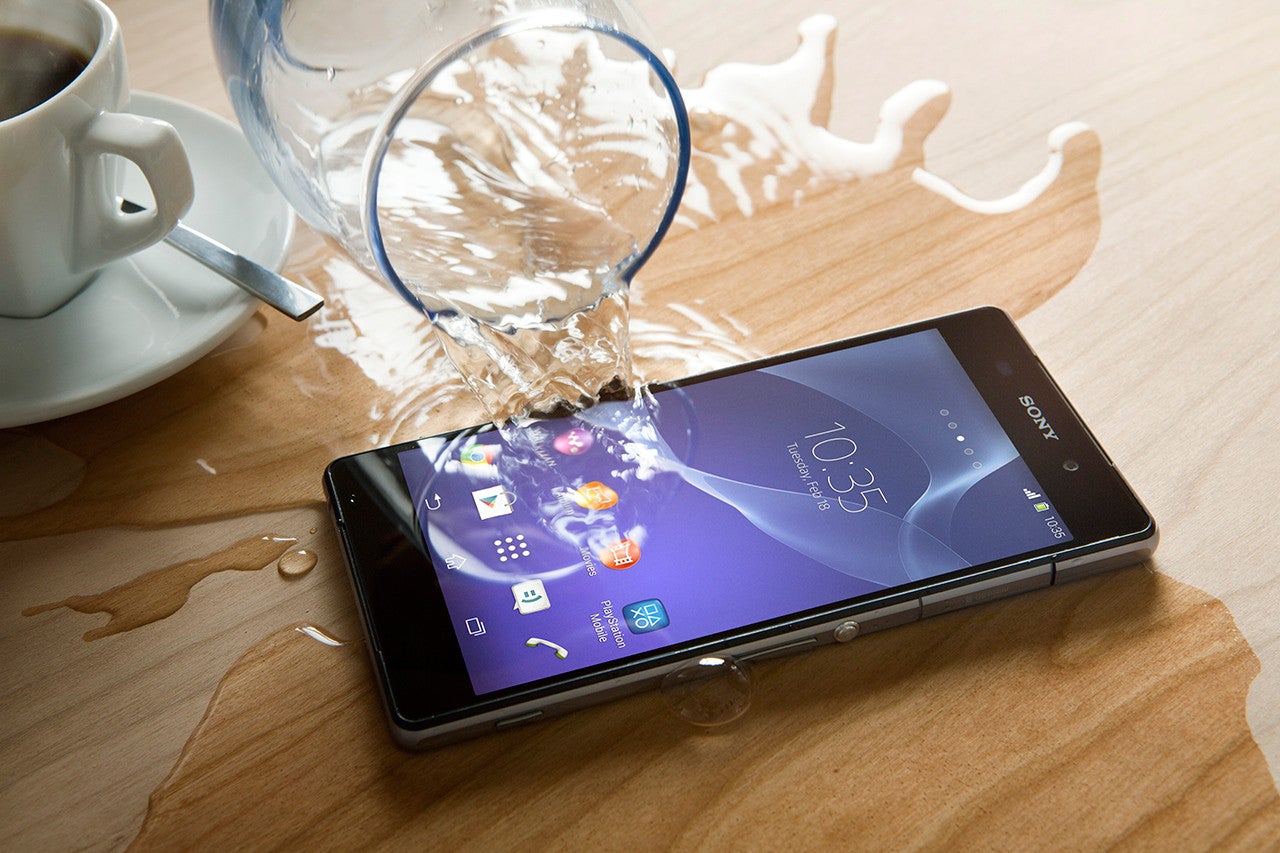
- IP stands for Ingress Protection
- The first digit indicates the level of dust protection
- The second digit indicates the level of water protection
- If there's an "x" in place of the left digit, this means no dust protection, only water protection
- If there's an "x" in place of the right digit, this means no water protection, only dust protection
Use this scheme with the information from the tables below, and you will know exactly how much your phone is protected. For example, you can figure out that the new Samsung Galaxy S5, which is rated IP67, is "dust-tight" and good for "immersion of up to 1m". Likewise, the Sony Xperia Z2 is rated IP58, which stands for "dust-protected" and "immersion beyond 1m" with no time limits. Turns out this one's a tough swimmer!
Dust protection levels
| Level | Object size protection against | Effective against | |
| 0 | — | No protection against contact and ingress of objects | |
| 1 | >50 mm | Any large surface of the body, such as the back of a hand, but no protection against deliberate contact with a body part | |
| 2 | >12.5 mm | Fingers or similar objects | |
| 3 | >2.5 mm | Tools, thick wires, etc | |
| 4 | >1 mm | Most wires, screws, etc. | |
| 5 | Dust protected | Ingress of dust is not entirely prevented, but it must not enter in sufficient quantity to interfere with the satisfactory operation of the equipment; complete protection against contact (dust proof) | |
| 6 | Dust tight | No ingress of dust; complete protection against contact (dust tight) | |
Water protection levels
| Level | Protected against | Testing for | Details |
| 0 | — | — | — |
| 1 | Dripping water | Dripping water (vertically falling drops) shall have no harmful effect. | Test duration: 10 minutes Water equivalent to 1 mm rainfall per minute |
| 2 | Dripping water when tilted up to 15° | Vertically dripping water shall have no harmful effect when the enclosure is tilted at an angle up to 15° from its normal position. | Test duration: 10 minutes Water equivalent to 3 mm rainfall per minute |
| 3 | Spraying water | Water falling as a spray at any angle up to 60° from the vertical shall have no harmful effect. | Test duration: 5 minutes Water volume: 0.7 litres per minute Pressure: 80–100 kPa |
| 4 | Splashing of water | Water splashing against the enclosure from any direction shall have no harmful effect. | Test duration: 5 minutes Water volume: 10 litres per minute Pressure: 80–100 kPa |
| 5 | Water jets | Water projected by a nozzle (6.3 mm) against enclosure from any direction shall have no harmful effects. | Test duration: at least 15 minutes Water volume: 12.5 litres per minute Pressure: 30 kPa at distance of 3 m |
| 6 | Water jets | Water projected in powerful jets (12.5 mm nozzle) against the enclosure from any direction shall have no harmful effects. | Test duration: at least 3 minutes Water volume: 100 litres per minute Pressure: 100 kPa at distance of 3 m |
| 6K | Powerful water jets with increased pressure | Water projected in powerful jets (12.5 mm nozzle) against the enclosure from any direction, under elevated pressure, shall have no harmful effects. | Test duration: at least 3 minutes Water volume: 75 litres per minute Pressure: 1000 kPa at distance of 3 m |
| 7 | Immersion up to 1m | Ingress of water in harmful quantity shall not be possible when the enclosure is immersed in water under defined conditions of pressure and time (up to 1 m of submersion). | Test duration: 30 minutes Immersion at depth of at least 1 m measured at bottom of device, and at least 15 cm measured at top of device |
| 8 | Immersion beyond 1m | The equipment is suitable for continuous immersion in water under conditions which shall be specified by the manufacturer. Normally, this will mean that the equipment is hermetically sealed. It can also mean that water can enter, but only in non-harmful ways. | Test duration: continuous immersion in water Depth specified by manufacturer, generally up to 3 m |
| 9K | Powerful high temperature water jets | Protected against close-range high pressure, high temperature spray downs. | — |
References: IP Code - Wikipedia
Follow us on Google News


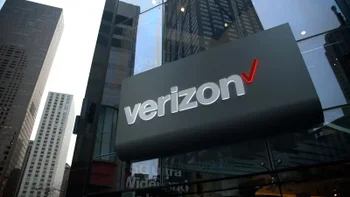
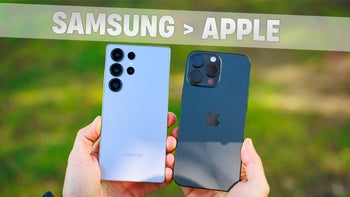

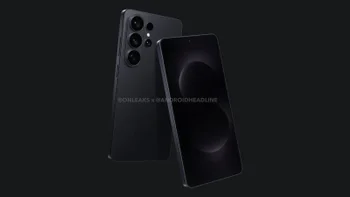


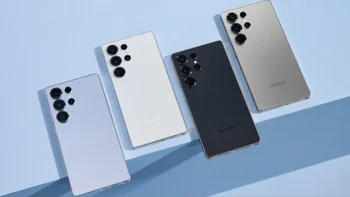
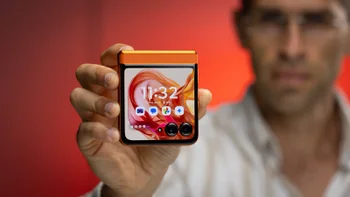
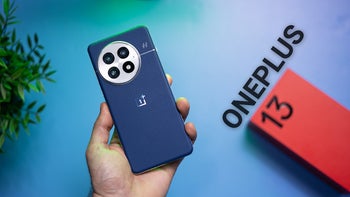
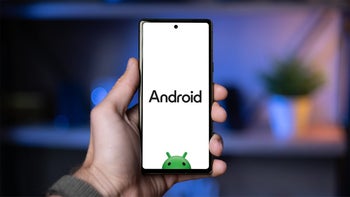
Things that are NOT allowed:
To help keep our community safe and free from spam, we apply temporary limits to newly created accounts: